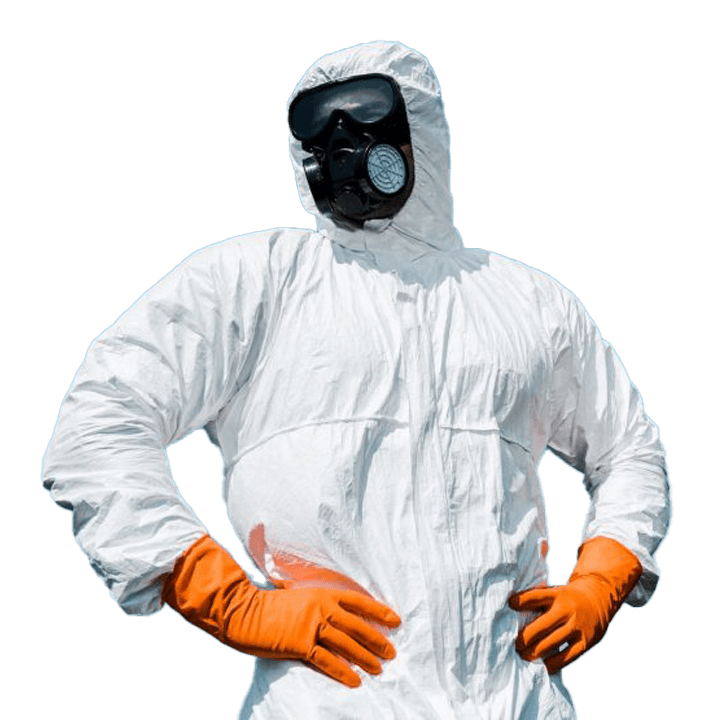Rats are mammals belonging to Order Rodentia. Rats are part of the huge mammal family known as rodents (from the Latin rodere, “to gnaw”).
This name refers to their gnawing behavior, which is required to control the size of their unique front incisor teeth, which have a chisel-like structure.
Rats are usually thought of as omnivorous scavengers who are highly adaptive. They are nocturnal and extremely agile animals. If the population is very large, food is in short supply, there is little disruption, or there is little danger, they may roam and feed during the day.
They are extremely attentive to and concerned about any changes in their environment as they move to and from the nest site.
is your local RAT CONTROL EXPERT TEAM.
Call: 0403 361 000 for services and immediate attention
Our customer’s protection and satisfaction is the aim of the EMERGENCY PEST CONTROLLER TEAM. The intensively trained and fully equipped team is ready to tackle all RAT challenges.


We guide the infestation you are dealing with, and the
EMERGENCY PEST CONTROLLER
is your trustworthy partner in all sorts of battles against RAT CONTROL.
THE EMERGENCY PEST CONTROLLER team is fully licensed, certified, and knowledgeable and always available to assist you with RAT CONTROL.
Our team gives you mental and physical relief from RAT by eliminating them from your place. We consider our customers like family and offer 24/7 customer service to approach any situation with RAT CONTROL.